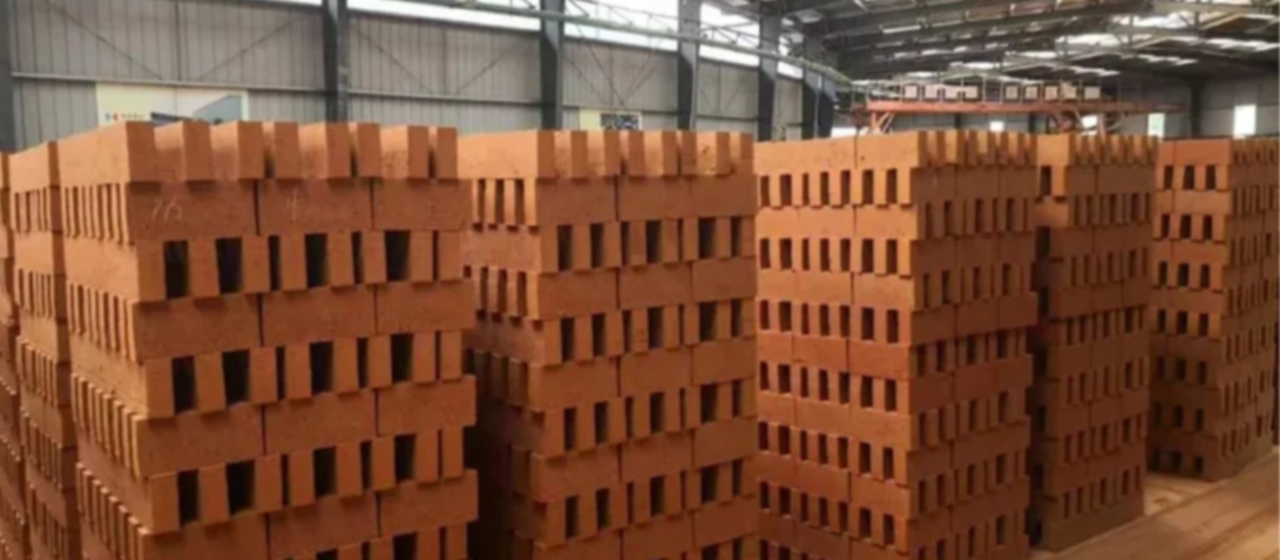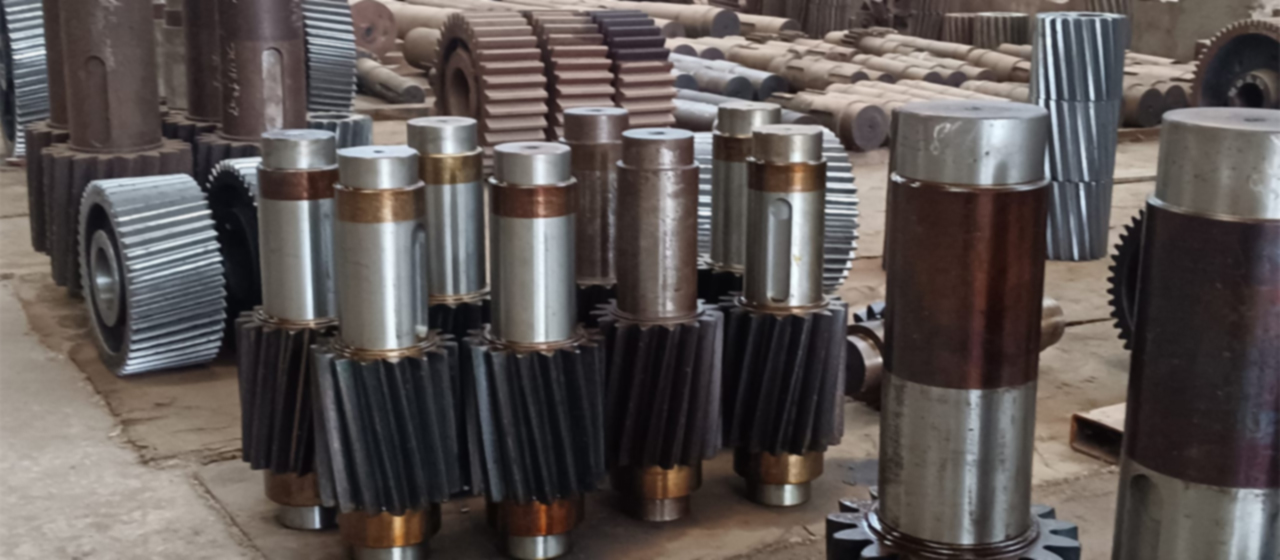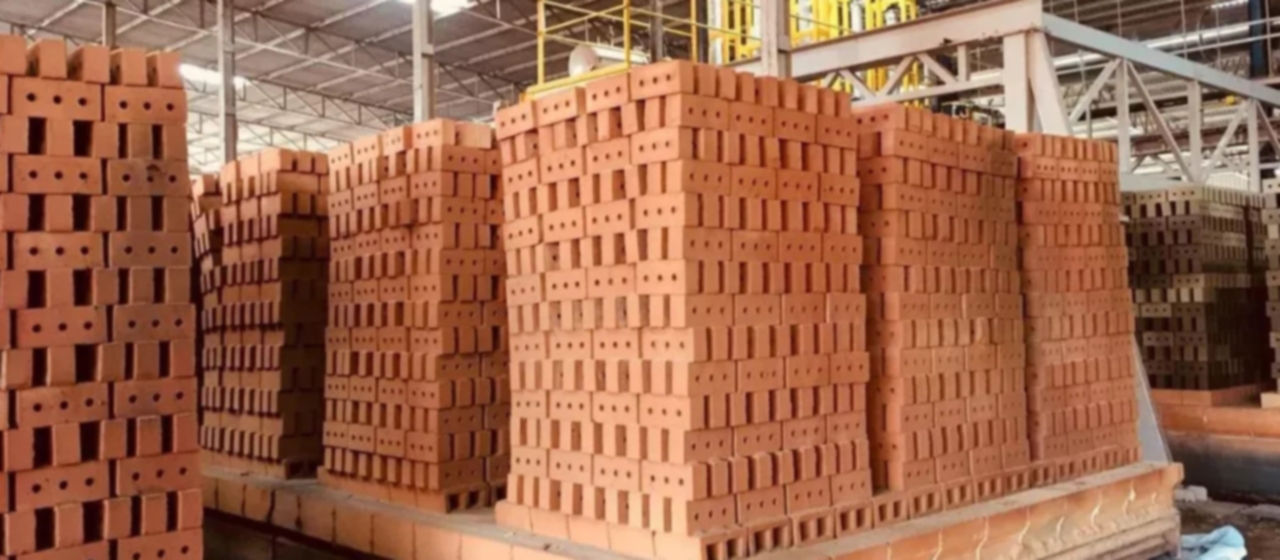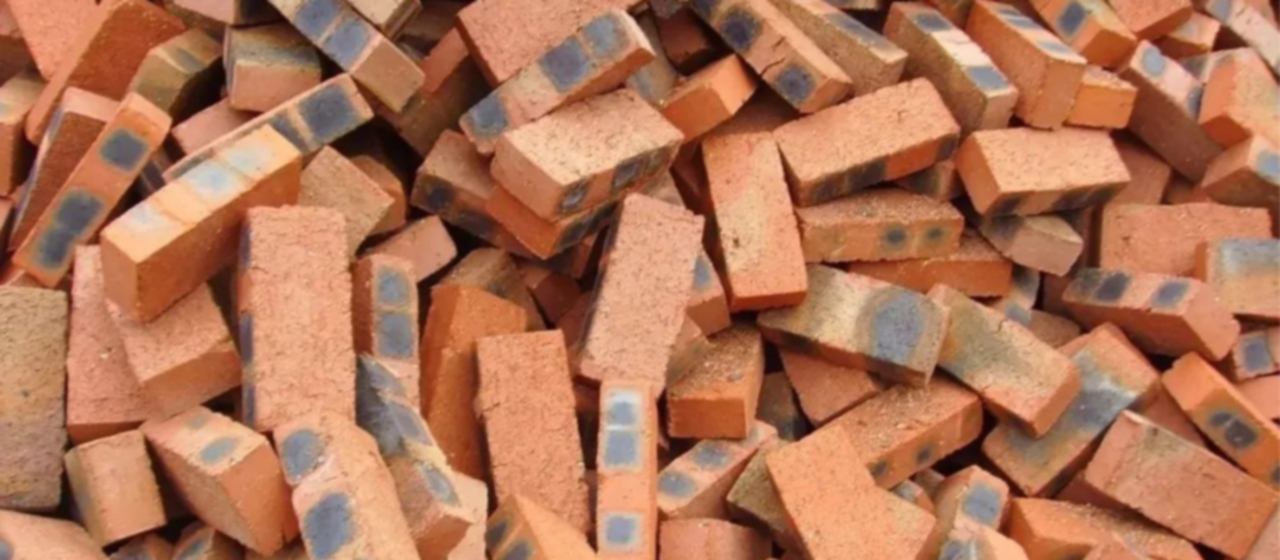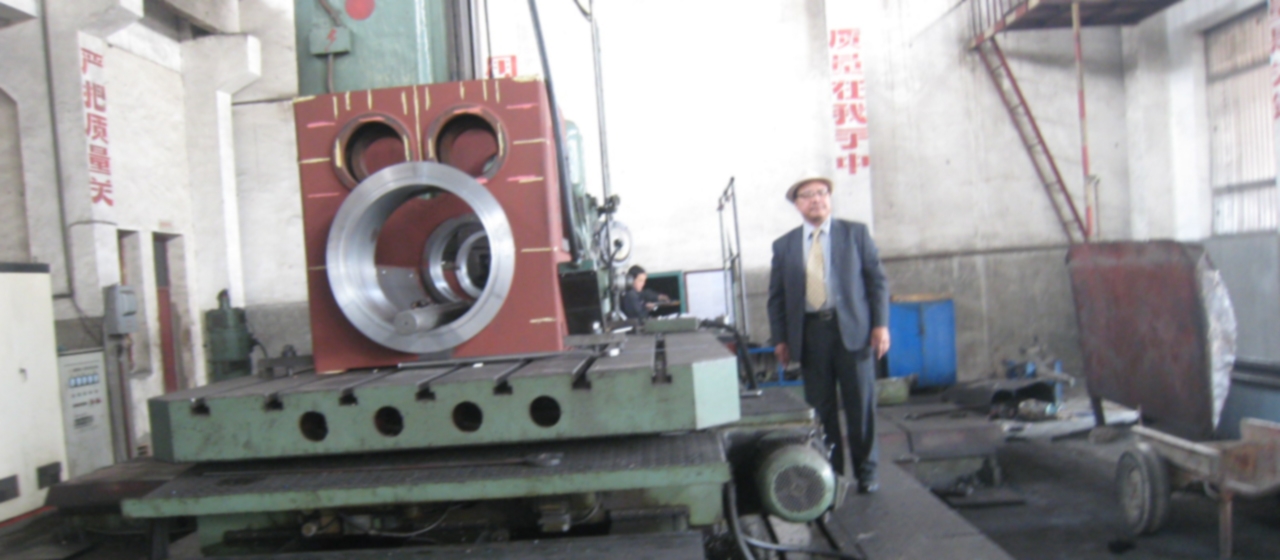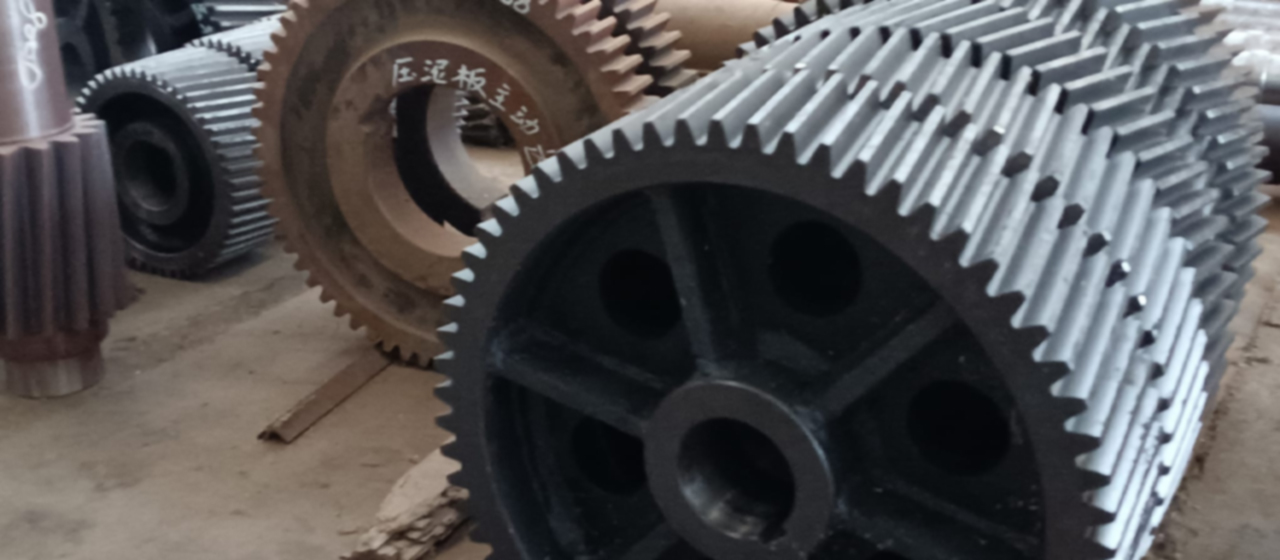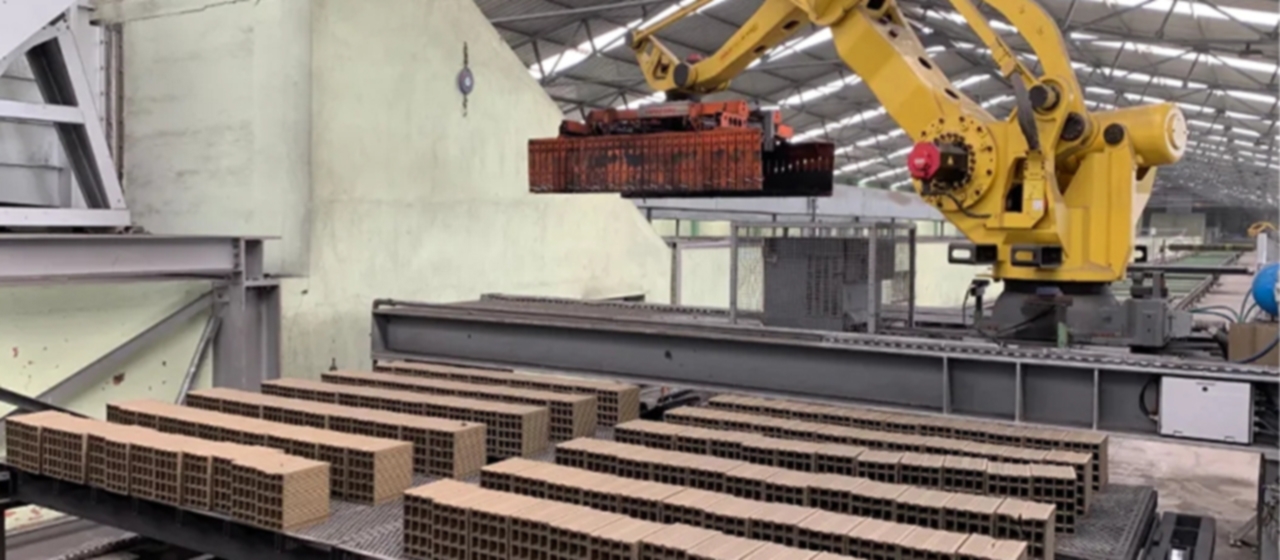lightweight bricks
Performance of aerated bricks

1. Lightweight: As a building material, it can reduce the weight of the building and significantly reduce the overall cost of the building.
2. Fire prevention: The main raw materials are mostly inorganic materials, which have good fire resistance and do not emit harmful gases when exposed to fire.
3. Sound insulation: Due to its unique porous structure, it has a certain sound absorption ability.
4. Insulation: Due to the large number of pores and micropores inside the material, it has good insulation performance.
5. Impermeability: Due to the material being composed of many independent small pores, it absorbs water and conducts moisture slowly. The time required for the same volume of water to reach saturation is 5 times that of clay bricks.
6. Seismic resistance: For the same building structure, it is 2 seismic resistance levels higher than clay bricks.
7. Environmental protection: The manufacturing, transportation, and use processes are pollution-free, which can protect farmland, save energy, and reduce consumption. It is a green and environmentally friendly building material.
8. Durability: The material strength is stable.
9. Quick: With good processability, it can be sawn, planed, drilled, and nailed, and can be bonded with appropriate bonding materials, creating favorable conditions for construction.
10. Economy: Green, environmentally friendly, and energy-saving.
Aerated lightweight brick is a type of block produced using high-temperature steam pressing equipment technology. Its advantage lies in the ability to form closed holes inside the concrete, which makes it relatively lightweight and insulated. In fact, concrete bricks are a special variety of aerated bricks, and their material properties and pore structure are relatively similar to those of aerated bricks. However, there are also some differences between the two. As for which one is more suitable for everyone to purchase, it is better to first read and analyze before making a decision.
From the perspective of subtle structural features
As is well known, foamed cement is a product that is connected by countless closed holes and has advantages such as sound insulation, heat insulation, and thermal insulation. Aerated concrete is a product that promotes the cement slurry to form a honeycomb shape from the gas, presenting a connected pore shape. That is to say, from the perspective of detailed structure, concrete bricks do not have as good sound insulation, moisture prevention and other effects as aerated lightweight bricks.
From the perspective of implementation density
According to the survey conducted by Huayu editor, the current density of commonly used concrete bricks is generally below 500kg/m3, while the density of aerated lightweight bricks can be lower than this.

From the perspective of foaming methods
It should be noted that traditional concrete bricks are foamed using chemical methods, while aerated lightweight bricks use more flexible methods to complete this work. Specifically, by using a high-pressure air pump to inflate, as long as the closed pores formed by the concrete are reached, it is considered qualified, indicating that its foaming method is slightly more advanced.
From the perspective of maintenance technology
Because there are many types of aerated lightweight bricks, the corresponding oxidation processes are also quite diverse. For example, steam curing can be adopted according to different cementitious materials. The curing process of concrete bricks is relatively simple.

